Table of content
Boiled chicken legs are a culinary staple cherished for their simplicity, versatility, and health benefits. Whether you’re a busy parent seeking a quick protein-packed meal, a fitness enthusiast prioritizing lean nutrition, or a home cook exploring foundational cooking techniques, mastering the art of boiling chicken legs is an invaluable skill. This method retains the meat’s natural moisture and tenderness while minimizing added fats and calories. In this guide, we’ll delve into the nuances of preparing perfectly boiled chicken legs, from selecting the freshest ingredients to elevating the dish with complementary flavors.
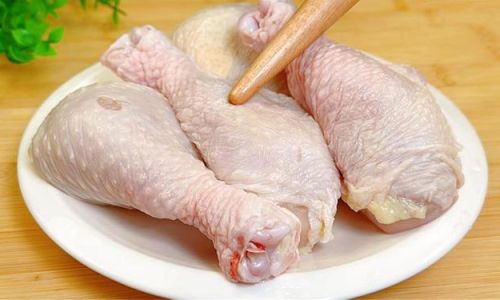
The Appeal of Boiled Chicken Legs
Boiling is one of the gentlest cooking methods, relying on hot liquid to transfer heat to the food. Unlike frying or grilling, which can dry out meat or create charred compounds, boiling preserves the chicken’s juiciness and nutritional profile. Chicken legs, in particular, benefit from this technique due to their higher fat content compared to breast meat. The slow, even heat breaks down tough connective tissues, resulting in tender, fall-off-the-bone meat. Additionally, boiling provides a blank canvas for seasoning, allowing you to customize the flavor profile with herbs, spices, or aromatic vegetables.
Ingredients: Less is More
The beauty of boiled chicken legs lies in their minimalist ingredient list. Here’s what you’ll need:
- 4–6 chicken legs (thighs and drumsticks attached): Opt for organic or free-range options if possible, as they often have superior flavor and texture.
- Water: Enough to submerge the chicken legs completely (approximately 8–10 cups).
- 1 tablespoon kosher salt: Enhances flavor and helps tighten the meat’s proteins.
- Optional aromatics:
- 1 medium onion, quartered
- 3 garlic cloves, smashed
- 2 celery stalks, roughly chopped
- 1 carrot, peeled and chopped
- 1 bay leaf
- 1 teaspoon black peppercorns
- Fresh herbs (parsley, thyme, rosemary)
Step-by-Step Preparation
Preparing the Chicken
Start by rinsing the chicken legs under cold water to remove any residual blood or impurities. Pat them dry with paper towels to ensure even browning (if searing) and to prevent the cooking liquid from becoming cloudy. Trim excess skin or fat if desired, though leaving a thin layer can enhance flavor.
Seasoning the Pot
In a large stockpot or Dutch oven, combine the water, salt, and any aromatics. Bring the mixture to a rolling boil over high heat. The salt not only seasons the meat but also raises the water’s boiling point, slightly accelerating cooking. The aromatics will infuse the chicken with subtle, savory notes without overpowering its natural taste.
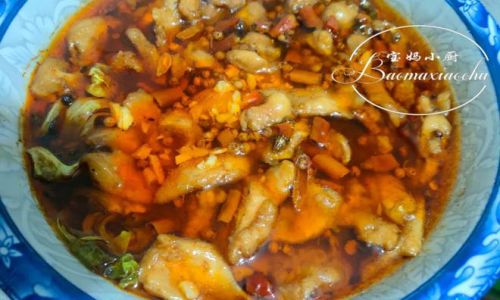
Submerging the Chicken
Once the liquid boils, carefully add the chicken legs. Return the pot to a boil, then immediately reduce the heat to a gentle simmer. Cover the pot with a lid, leaving it slightly ajar to allow steam to escape. This prevents the liquid from boiling too vigorously, which can cause the meat to become tough.
Simmering Time
The cooking time varies based on the chicken’s size and freshness. As a general rule:
- Fresh chicken legs: Simmer for 25–30 minutes.
- Frozen chicken legs: Add 5–10 minutes to the cooking time.
To check for doneness, insert a meat thermometer into the thickest part of the thigh (without touching the bone). The internal temperature should reach 165°F (74°C). Alternatively, pierce the meat with a fork—if the juices run clear (not pink), the chicken is cooked.
Post-Cooking Techniques
Once cooked, remove the chicken legs from the pot using tongs or a slotted spoon. Place them on a plate lined with paper towels to absorb excess moisture. At this stage, you have two options:
- Serve immediately: Perfect for salads, soups, or as a standalone dish.
- Chill for later use: Refrigerate the chicken in its cooking liquid for up to 4 days. The broth can be repurposed as a base for soups or sauces.
Enhancing Flavor and Texture
While boiled chicken legs are delicious on their own, these techniques can elevate their appeal:

Seasoned Broth
Infuse the cooking liquid with global flavors:
- Asian-inspired: Add ginger, star anise, and soy sauce.
- Mediterranean twist: Include lemon slices, oregano, and olives.
- Spicy kick: Toss in jalapeños, cumin, and smoked paprika.
Post-Boil Searing
For a crispy skin contrast, pat the cooked chicken legs dry and sear them in a hot skillet with a drizzle of olive oil for 2–3 minutes per side. This creates a Maillard reaction, adding caramelized depth.
Dipping Sauces
Pair the chicken with vibrant sauces:
- Lemon-herb yogurt: Mix Greek yogurt, lemon zest, dill, and minced garlic.
- Spicy peanut sauce: Blend peanut butter, lime juice, soy sauce, and sriracha.
- Classic chimichurri: Finely chop parsley, oregano, garlic, and red pepper flakes, then emulsify with olive oil and vinegar.
Common Pitfalls and How to Avoid Them
Overcooking
Boiling for too long can make the meat stringy and dry. Stick to the recommended cooking times and use a thermometer for accuracy.
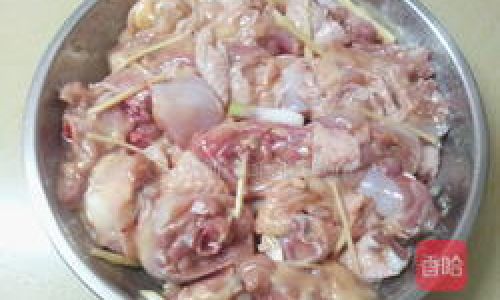
Insufficient Seasoning
Plain boiled chicken can taste bland. Always salt the water generously and experiment with aromatics.
Skipping the Resting Period
Allow the chicken to rest for 5 minutes after cooking. This redistributes juices, ensuring moist meat.
Health Benefits of Boiled Chicken Legs
Boiled chicken legs are a nutritional powerhouse:
- Lean protein: A 3-ounce serving provides 20–25 grams of protein, essential for muscle repair and satiety.
- Low in calories: Without added fats, a serving contains approximately 150–200 calories.
- Rich in vitamins: Chicken legs are a good source of B vitamins (B6, B12, niacin) and minerals like selenium and phosphorus.
Creative Uses for Boiled Chicken Legs
Beyond the plate, boiled chicken legs are a meal-prep hero:

- Salads: Shred the meat and toss with greens, cherry tomatoes, and avocado.
- Sandwiches: Layer with lettuce, tomato, and mayo on whole-grain bread.
- Soups: Add the meat and broth to ramen, tortilla soup, or chicken noodle soup.
- Casseroles: Mix with vegetables, cream sauce, and cheese, then bake until golden.
Conclusion
Boiled chicken legs are a testament to the adage that simplicity often yields the finest results. By mastering this technique, you gain access to a protein source that’s both nourishing and adaptable. Whether enjoyed hot with a side of steamed vegetables or repurposed into a gourmet salad, boiled chicken legs deserve a permanent spot in your culinary repertoire. Experiment with seasonings, embrace the method’s forgiving nature, and savor the satisfaction of creating wholesome, delicious meals with minimal effort.
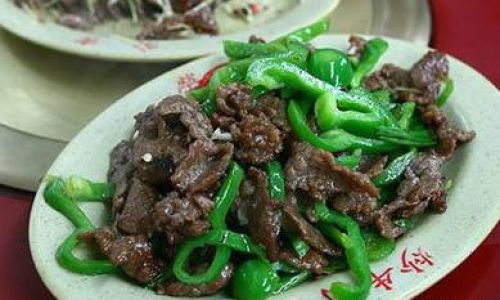
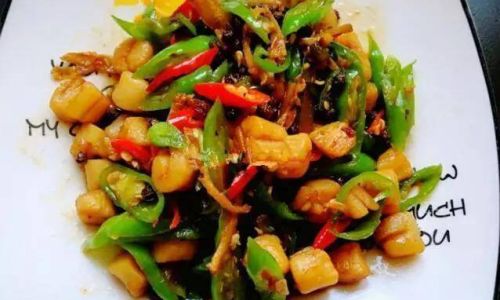
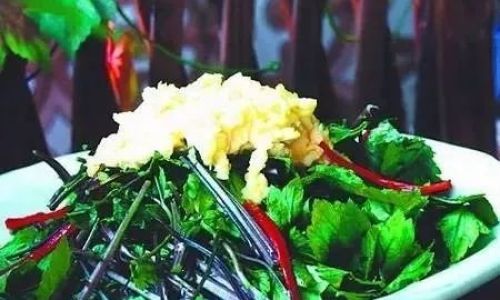
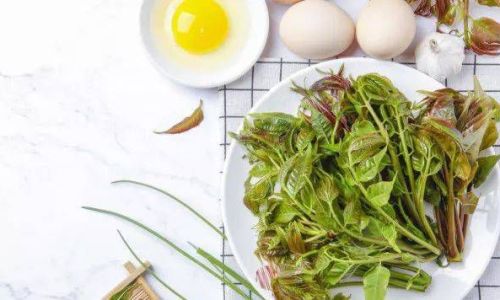
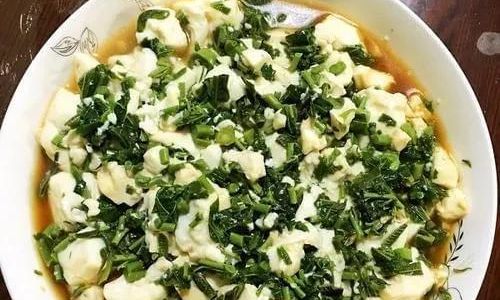
0 comments